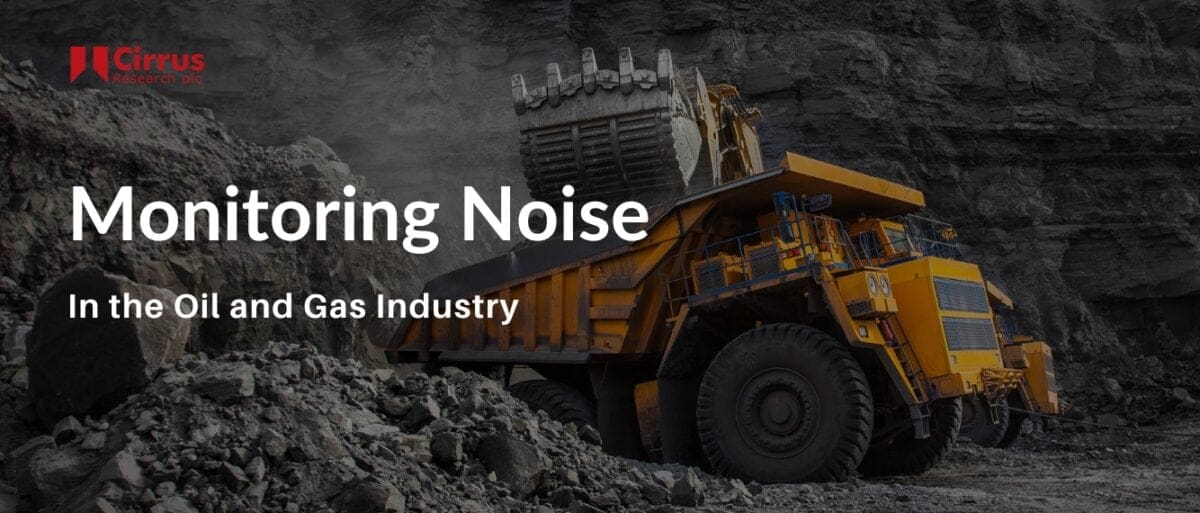In the industrial world, where the safety of workers and equipment is paramount, the term ‘intrinsic safety’ has pride of place. What does this concept really mean and why is it so crucial, particularly in potentially explosive environments? In this article, we take an in-depth look at what intrinsic safety is and why it is essential.
Understanding Intrinsic Safety
Intrinsic safety refers to the ability of an electronic device to operate safely in potentially explosive or flammable environments, without causing sparks, arcing or high temperatures. This means that even in the event of malfunction or failure, the device will not present a danger of igniting an explosive atmosphere. In other words, intrinsic safety guarantees safe use of the equipment under extreme conditions.
Importance of Intrinsic Safety in Explosive Environments
Many industrial sectors, such as mines, petrochemical plants, chemical production areas and gas installations, present explosion risks due to the presence of flammable substances, gases, vapours or combustible dusts. In such environments, the slightest spark or source of heat can have catastrophic consequences for the safety of workers and the integrity of installations.
Intrinsic safety is therefore crucial to protecting workers and preventing accidents. Equipment certified as intrinsically safe is specially designed to avoid any source of ignition, even in the event of equipment failure. This considerably minimises risks and ensures a safer working environment.
Standards and certifications
For a device to be considered intrinsically safe, it must be tested and certified in accordance with specific safety standards such as ATEX (Atmosphères Explosives), IECEx (Systems for Explosive Atmospheres), EEx (European Explosion protection), FM (Factory Mutual) and other international standards. These certifications guarantee that the device has passed rigorous tests to demonstrate its ability to operate safely in explosive environments.
The example of the CR:110AIS doseBadge
Let’s take our doseBadge CR:110AIS as an example. This noise dosimeter is ATEX Intrinsically Safe certified, which means it can be used safely in hazardous environments such as underground mines and petrochemical plants. Its carefully engineered design ensures that it will not generate sparks or arcs that could trigger an explosion.
The doseBadge AIS: Technology for safety
The doseBadge perfectly embodies the principles of intrinsic safety. With its ATEX explosion-proof certification and other accreditations, it offers an unrivalled level of reliability in environments where the slightest error can have disastrous consequences.
This noise dosimeter is specially designed for use in explosive environments such as mines and petrochemical plants. Its gold metallic casing is not only distinctive, but also a tangible sign of its intrinsic safety. Unlike other devices, the doseBadge will have no potentially dangerous impact, even if it were to malfunction.
Performance, reliability and peace of mind
In addition to its impressive certification, the doseBadge stands out for its exceptional performance. With its wireless technology, it avoids the risks associated with cables, and its light weight (just 51g) makes it an ideal companion for workers in demanding environments. Its NiMH battery guarantees up to 30 hours’ autonomy, ensuring continuous monitoring.
Infrared communication with the reader ensures measurement integrity, while the included analysis and reporting software simplifies data management. What’s more, Cirrus Research’s confidence in the durability and safety of the doseBadge AIS is backed by a 15-year warranty.
Conclusion
Intrinsic safety is a fundamental principle for ensuring the safety of workers and the protection of installations in explosive environments. Intrinsically safe devices offer peace of mind by guaranteeing safe operation even under extreme conditions. The doseBadge is the perfect example of equipment that embodies these principles, offering outstanding performance, unrivalled reliability and peace of mind to those who use it in potentially hazardous environments. As industries continue to expand into such environments, intrinsic safety remains an absolute priority to avoid accidents and preserve lives.



